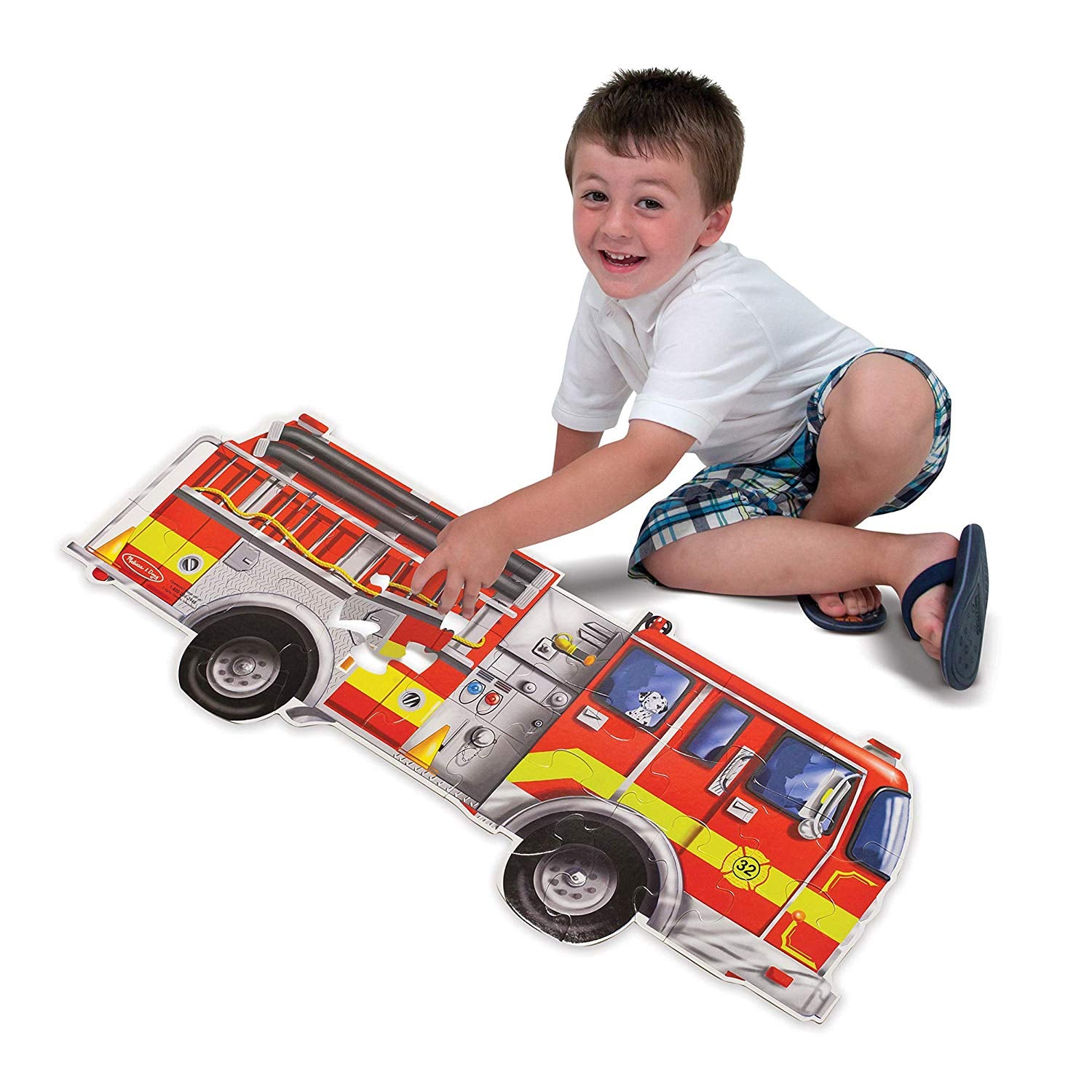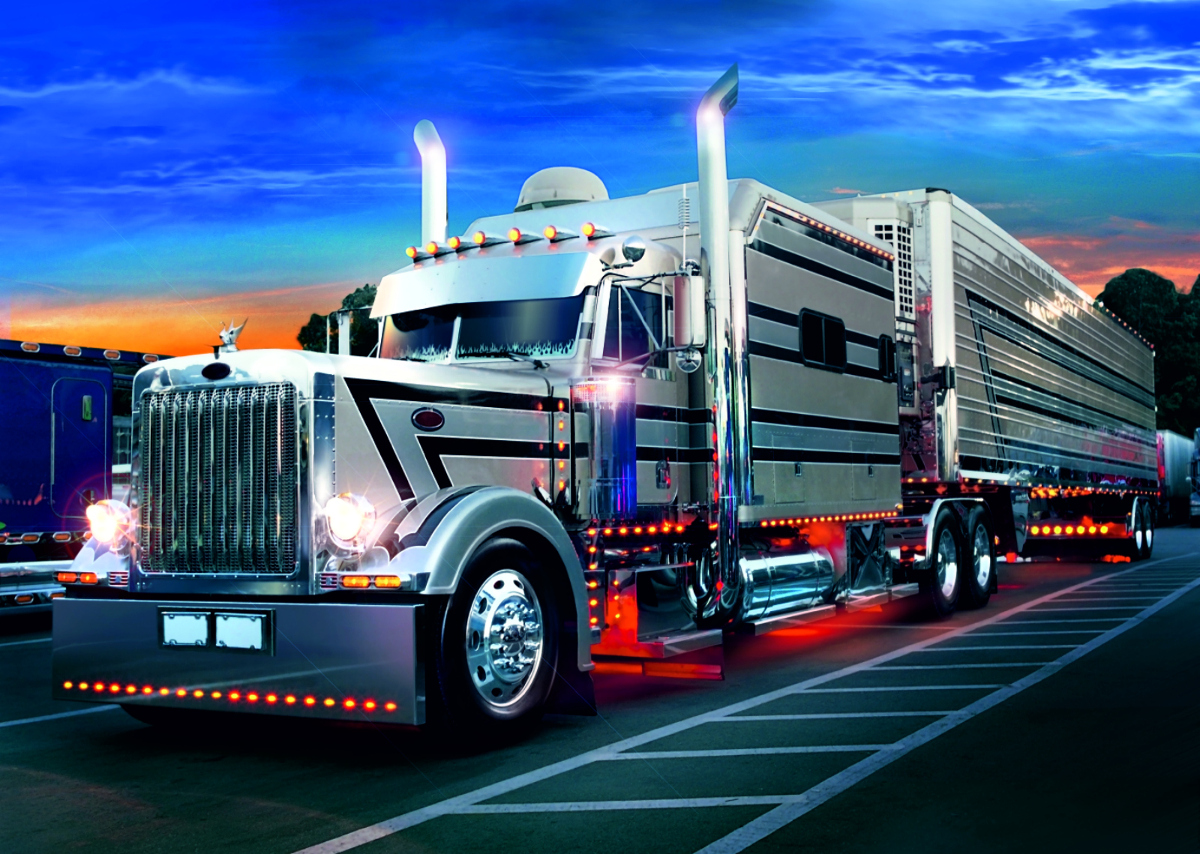

#CROSSWORD LIGHT TRUCK TYPE DRIVERS#

citizenship, but few opportunities, to those who agreed to accept allotments of land on reservations. The federal government gradually pushed the tribes to more isolated areas, offering U.S. But Indian tribes resisted the encroachment of settlers in their territories, setting off decades of violence. Through most of the 1800s, Americans viewed the nation’s westward expansion as a symbol of its providence as a land of wealth and progress. 3 Great Depression and World War II (1929–1945).2 Roaring Twenties and the Jazz Age (1920–1928).Some examples of patented inventions between the years 18 include John Froelich's tractor (1892), Ransom Eli Olds' assembly line (1901), Willis Carrier's air-conditioning (1902), the Wright Brothers' airplane (1903), and Robert H. įrom 1836 to 2011, the United States Patent and Trademark Office (USPTO) has granted a total of 7,861,317 patents relating to several well-known inventions appearing throughout the timeline below. 117) further clarified United States patent law to the extent of establishing a patent office where patent applications are filed, processed, and granted, contingent upon the language and scope of the claimant's invention, for a patent term of 14 years with an extension of up to an additional seven years. 109) into law which proclaimed that patents were to be authorized for "any useful art, manufacture, engine, machine, or device, or any improvement therein not before known or used." On July 31, 1790, Samuel Hopkins of Philadelphia, Pennsylvania, became the first person in the United States to file and to be granted a patent under the new U.S. On April 10, 1790, President George Washington signed the Patent Act of 1790 (1 Stat. In 1641, the first patent in North America was issued to Samuel Winslow by the General Court of Massachusetts for a new method of making salt. To promote the Progress of Science and useful Arts, by securing for limited Times to Authors and Inventors the exclusive Right to their respective Writings and Discoveries. Copyright protection secures a person's right to his or her first-to-invent claim of the original invention in question, highlighted in Article I, Section 8, Clause 8 of the United States Constitution which gives the following enumerated power to the United States Congress:

A timeline of United States inventions (1890–1945) encompasses the ingenuity and innovative advancements of the United States within a historical context, dating from the Progressive Era to the end of World War II, which have been achieved by inventors who are either native-born or naturalized citizens of the United States.


 0 kommentar(er)
0 kommentar(er)
